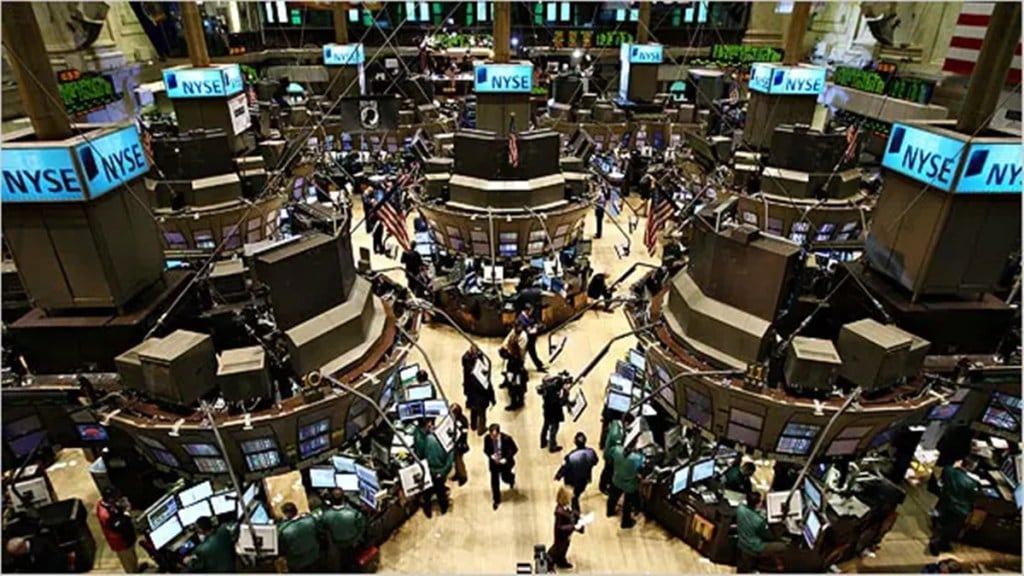Investors are bracing for a key CPI report due today, which is expected to show an uptick in inflation as companies begin passing on higher import costs.
The US inflation report is one of the most significant indicators that investors across the world will be keeping an eye on this week. The US CPI data (Consumer Price Index) for last month is particularly interesting for investors because it will show how US pricing for goods and services responded to the tariff impact.
Powell will come under increasing pressure to cut rates if the impact is minimal and inflation trends lower. But if inflation rises or remains sticky on the top side, Powell and his team will stand vindicated. Powell and many other economists believe that a rate cut should be postponed because tariffs may cause inflation.
On July 15, 2025, at 8:30 a.m. Eastern Time, the U.S. Bureau of Labor Statistics will release the June US CPI data.
It is expected that the June inflation data will see a rise from the impact of tariffs that may have influenced the prices. The 10% duty on almost all countries is still in place, even though reciprocal duties have been delayed.
Since December, the US Fed has suspended rate cuts. Fed chair Powell prefers to play the ‘waiting game,’ despite Trump’s belief that the central bank is already behind schedule in lowering rates.
Powell has repeatedly stated that there won’t be a rate cut until the effect of tariffs on pricing is fully seen. Powell will therefore probably face more pressure to implement the rate drop if the June inflation figure declines. The next FOMC meeting is on July 29-30.
“However, while some tariff impact will likely be evident in the June data, particularly on tariff-sensitive goods, such as apparel, it will unlikely be sufficient enough to move the US Federal Reserve (Fed) to act this month. Despite a ‘couple’ of Committee members being open to a rate cut at the next meeting, according to 17-18 June Fed meeting minutes, most of the Committee are cautious,” says Aaron Hill, Chief Analyst, at FP Market.
Economists and researchers hold varying views on the tariff’s impact on inflation. Goldman Sachs predicts Trump’s tariffs will rekindle inflation to levels not seen since the post-pandemic price increase. Goldman Sachs analysts predict that tariffs will drive annual inflation to 3.8% by December, the highest level since 2023.
The implementation of tariffs is taking its own sweet time. But, tariff war is far from over. In fact, it appears that it is just getting started.
U.S. President Donald Trump last week raised tariffs on Canadian imports to 35%, effective Aug. 1, complaining that Ottawa had retaliated with duties against Washington.
President Donald Trump also said that he plans to impose blanket tariffs of 15% or 20% on most trade partners, dismissing concerns that further tariffs could negatively impact the stock market or drive inflation.
The US president announced on Saturday that EU products would face a 30% tariff beginning August 1, dashing European hopes that discussions to negotiate a still harsh 10% duty were nearing completion.
Walmart’s CEO warned that tariffs would compel it to boost prices this year, despite a recent reduction in charges on China. Last quarter, the retail giant stated that it did not know how much tariffs would harm its core business.
Till now, inflation surveys indicated a price rise by businesses and a slowdown in hiring, but June data will be crucial for assessing tariff impact on US CPI numbers.
Also important will be the core inflation numbers. The impact of tariffs will be most direct for the ‘core goods,’ category, which measures prices for everything besides services, food, and energy.
If June inflation rises significantly, markets will accept the fact that there will be no rate reduction in 2025, despite current estimates of at least two cuts. A rise in CPI inflation might put pressure on the Fed to keep its benchmark interest rate higher for an extended period.
While US CPI data is significant, central bankers continue to use the core measurement in the Personal Consumption Expenditures price index, not CPI, as their benchmark.
The June US jobs report was stronger than expected, with unemployment falling to 4.1% and job growth rising to 147,000. However, according to analysts, the job growth was primarily driven by government employment.


